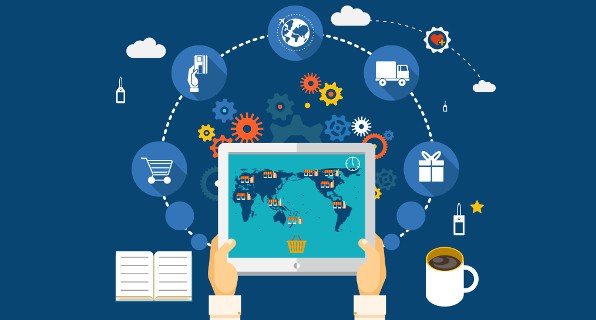
Best Practices in Asset Recovery for High-Tech Supply Chains
High-tech and electronics manufacturers are realizing that it’s more important than ever to get control of their reverse logistics processes. They’re becoming acutely aware of the value to be derived from recovering, reusing, and responsibly disposing of used products, components, and raw materials.
Tighter regulations and growing environmental concerns are forcing manufacturers to act. Yet the adoption of an efficient asset-recovery program can also yield huge benefits to the corporate bottom line. Extracting the full value from high-tech asset recovery is no easy task, however. The elements of a reverse supply chain are often scattered geographically and controlled by multiple parties that don’t communicate with one another. So it’s vital that companies take the initial step of integrating key processes.
That means treating the forward and reverse supply chains as aspects of one continuous flow of both finished goods and components. A holistic approach will link the traditional “forward” tasks of assembly (including elements such as kitting, co-packing, and configuration) with key activities related to a product’s return.
In order to properly manage the latter, companies need access to the full range of aftermarket technical services. These break down into two main pieces: global asset recovery (GAR) and repair.
The primary purpose of GAR is to increase the value of end-of-life equipment. It involves the recovery, redeployment, resale, and recycling of materials, in line with regulations as well as local legislation. However, the conversation needs to go well beyond a question of compliance.
Five stages of GAR
GAR is actually a five-stage process:
- Evaluation of the opportunity, consisting of initial analysis and asset valuation;
- Recovery, including de-installation, logistics, sortation, and inspection;
- Inventory management, involving asset tracking, handling, and storage to ensure full visibility of recovered assets;
- Product evaluation, including redeployment, resale, and recycling whenever possible,
- And reporting, with complete lifecycle analyses, audit trails, and details of environmental compliance.
The repair side of aftermarket technical services comprises product and component screening, testing, upgrading, and refurbishing. Given that up to 50% of returned electronic products are not defective in any way, this is a crucial exercise for companies to get right. Tying all of the pieces of asset recovery together is a network of warehouses and carriers that can move items expeditiously, regardless of whether they’re marked for resale, reuse, or disposal, or are being returned to retail shelves.
Other considerations further complicate the picture. Companies should take care in differentiating between business-to-consumer and business-to-business customers. The latter present opportunities for deriving even greater value from recovered assets. Business to business (B2B) products often are incorporated into network infrastructure or enterprise equipment for banks and Internet service providers. As such, they are likely to be costlier at the outset than consumer-related items, and will retain greater value at the other end of the chain.
Yet another best practice among leading companies is the creation of asset-recovery teams within manufacturing organizations. Such an initiative can help companies to get a better handle on the real value of assets, as well as to identify opportunities for their reuse. Ideally, those individuals will work closely with others in the company who make end-of-life decisions, so that the optimization of assets extends all the way back to the product-design stage.
Many companies are coming to the conclusion that there’s only so much they can do internally to address the challenge of asset recovery. As with virtually all aspects of supply chain management, they find themselves debating the question of whether to seek an outside expert to perform key processes related to that task.
In the third blog post in this three-part series, we will explore the insource or outsource debate further.
by Jesse Laver, Vice President, Global Sector Development, Technology, Exel
Source
